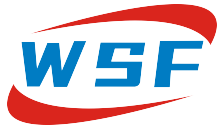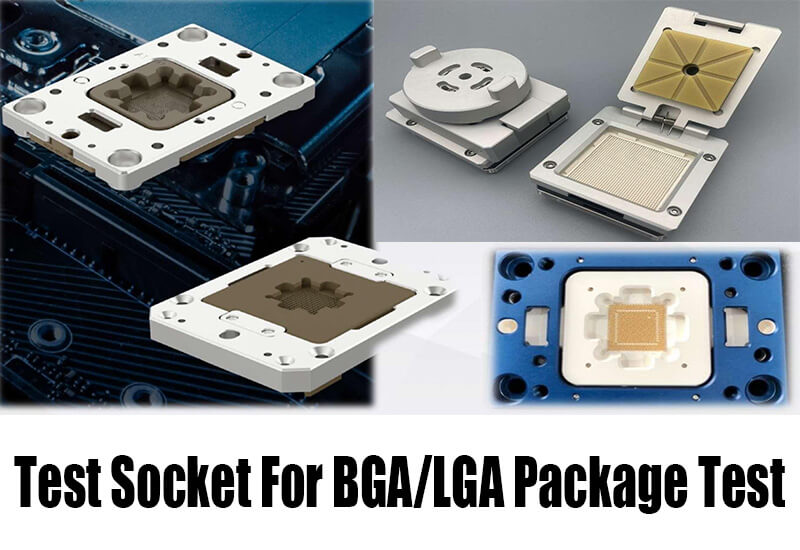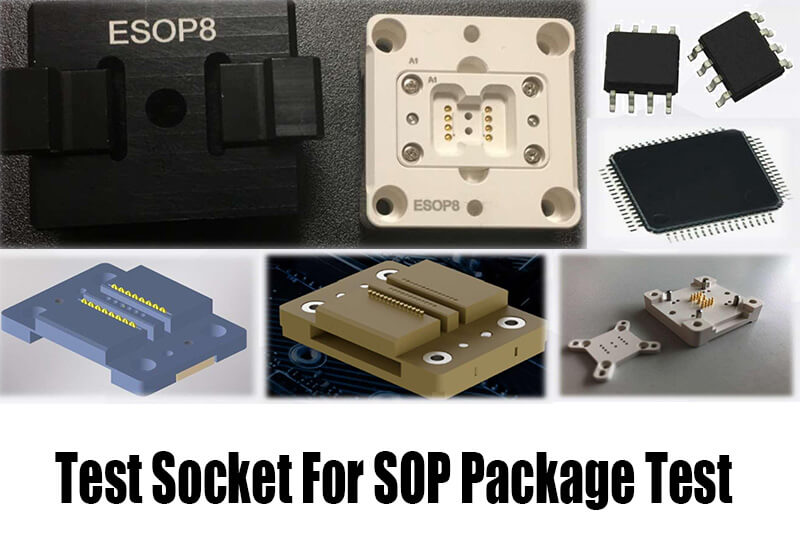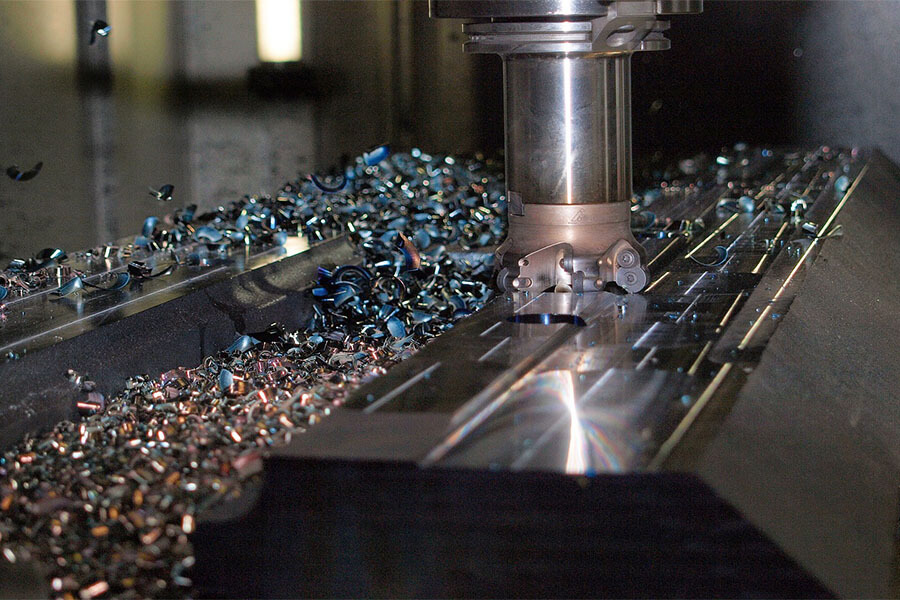Different processing methods can be selected according to the material and requirements of the machining workpiece. Understanding common machining methods and their scope of application can allow us to find the most suitable part processing method.
1. Turning
The method of processing parts using lathes is collectively called turning. Using forming turning tools, rotating curved surfaces can also be processed during transverse feed. Turning can also process thread surfaces, end planes, eccentric shafts, etc.
The turning accuracy is generally IT11-IT6, and the surface roughness is 12.5-0.8μm. During fine turning, it can reach IT6-IT5, and the roughness can reach 0.4-0.1μm. The productivity of turning processing is high, the cutting process is relatively smooth, and the tools are relatively simple.
Scope of application: drilling center holes, drilling, reaming, tapping, cylindrical turning, boring, turning end faces, turning grooves, turning formed surfaces, turning taper surfaces, knurling, and thread turning
2. Milling
Milling is a method of using a rotating multi-edged tool (milling cutter) on a milling machine to process the workpiece. The main cutting motion is the rotation of the tool. According to whether the main movement speed direction during milling is the same as or opposite to the feed direction of the workpiece, it is divided into down milling and uphill milling.
(1) Down milling
The horizontal component of the milling force is the same as the feed direction of the workpiece. There is usually a gap between the feed screw of the workpiece table and the fixed nut. Therefore, the cutting force can easily cause the workpiece and the worktable to move forward together, causing the feed rate to suddenly increase. Increase, causing knives.
(2) Counter milling
It can avoid the movement phenomenon that occurs during down milling. During up milling, the cutting thickness gradually increases from zero, so the cutting edge begins to experience a stage of squeezing and sliding on the cutting-hardened machined surface, accelerating tool wear.
Scope of application: Plane milling, step milling, groove milling, forming surface milling, spiral groove milling, gear milling, cutting
3. Planing process
Planing processing generally refers to a processing method that uses a planer to make reciprocating linear motion relative to the workpiece on a planer to remove excess material.
The planing accuracy can generally reach IT8-IT7, the surface roughness is Ra6.3-1.6μm, the planing flatness can reach 0.02/1000, and the surface roughness is 0.8-0.4μm, which is superior for the processing of large castings.
Scope of application: planing flat surfaces, planing vertical surfaces, planing step surfaces, planing right-angle grooves, planing bevels, planing dovetail grooves, planing D-shaped grooves, planing V-shaped grooves, planing curved surfaces, planing keyways in holes, planing racks, planing composite surface
4. Grinding
Grinding is a method of cutting the workpiece surface on a grinder using a high-hardness artificial grinding wheel (grinding wheel) as a tool. The main movement is the rotation of the grinding wheel.
The grinding precision can reach IT6-IT4, and the surface roughness Ra can reach 1.25-0.01μm, or even 0.1-0.008μm. Another feature of grinding is that it can process hardened metal materials, which belongs to the scope of finishing, so it is often used as the final processing step. According to different functions, grinding can also be divided into cylindrical grinding, internal hole grinding, flat grinding, etc.
Scope of application: cylindrical grinding, internal cylindrical grinding, surface grinding, form grinding, thread grinding, gear grinding
5. Drilling
The process of processing various internal holes on a drilling machine is called drilling and is the most common method of hole processing.
The precision of drilling is low, generally IT12~IT11, and the surface roughness is generally Ra5.0~6.3um. After drilling, enlarging and reaming are often used for semi-finishing and finishing. The reaming processing accuracy is generally IT9-IT6, and the surface roughness is Ra1.6-0.4μm.
Scope of application: drilling, reaming, reaming, tapping, strontium holes, scraping surfaces
6. Boring processing
Boring processing is a processing method that uses a boring machine to enlarge the diameter of existing holes and improve quality. Boring processing is mainly based on the rotational movement of the boring tool.
The precision of boring processing is high, generally IT9-IT7, and the surface roughness is Ra6.3-0.8mm, but the production efficiency of boring processing is low.
Scope of application: high-precision hole processing, multiple hole finishing
7. Tooth surface processing
Gear tooth surface processing methods can be divided into two categories: forming method and generation method.
The machine tool used to process the tooth surface by the forming method is generally an ordinary milling machine, and the tool is a forming milling cutter, which requires two simple forming movements: rotational movement and linear movement of the tool. Commonly used machine tools for processing tooth surfaces by the generation method are gear hobbing machines, gear shaping machines, etc.
Scope of application: gears, etc.
8. Complex surface processing
The cutting of three-dimensional curved surfaces mainly uses copy milling and CNC milling methods or special processing methods.
Scope of application: components with complex curved surfaces
9. Electrical discharge machining
Electrical discharge machining utilizes the high temperature generated by the instantaneous spark discharge between the tool electrode and the workpiece electrode to erode the surface material of the workpiece to achieve machining.
Scope of application:
① Processing of hard, brittle, tough, soft and high-melting conductive materials;
②Processing semiconductor materials and non-conductive materials;
③Processing various types of holes, curved holes and micro holes;
④Processing various three-dimensional curved surface cavities, such as the mold chambers of forging molds, die-casting molds, and plastic molds;
⑤ Used for cutting, cutting, surface strengthening, engraving, printing nameplates and markings, etc.
10. Electrochemical machining
Electrochemical machining is a method that uses the electrochemical principle of anodic dissolution of metal in the electrolyte to shape the workpiece.
The workpiece is connected to the positive pole of the DC power supply, the tool is connected to the negative pole, and a small gap (0.1mm~0.8mm) is maintained between the two poles. The electrolyte with a certain pressure (0.5MPa~2.5MPa) flows through the gap between the two poles at a high speed (15m/s~60m/s).
Scope of application: processing holes, cavities, complex profiles, small diameter deep holes, rifling, deburring, engraving, etc.
11. Laser processing
The laser processing of the workpiece is completed by a laser processing machine. Laser processing machines usually consist of lasers, power supplies, optical systems and mechanical systems.
Scope of application: diamond wire drawing dies, watch jewel bearings, porous skins of divergent air-cooled punching sheets, small hole processing of engine injectors, aero-engine blades, etc., and cutting of various metal materials and non-metal materials.
12. Ultrasonic processing
Ultrasonic machining is a method that uses ultrasonic frequency (16KHz ~ 25KHz) vibration of the tool end face to impact suspended abrasives in the working fluid, and the abrasive particles impact and polish the workpiece surface to process the workpiece.
Scope of application: difficult-to-cut materials




